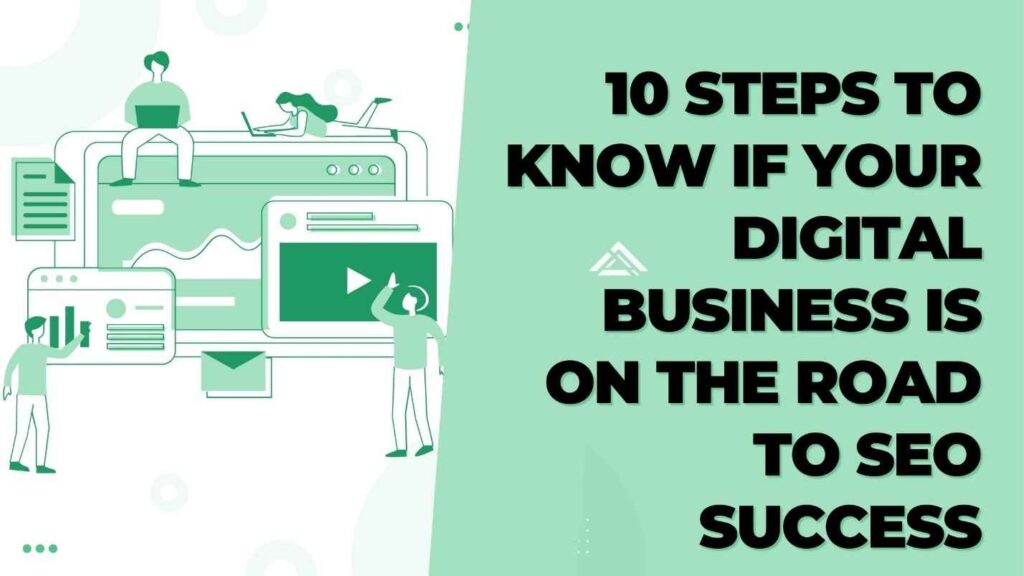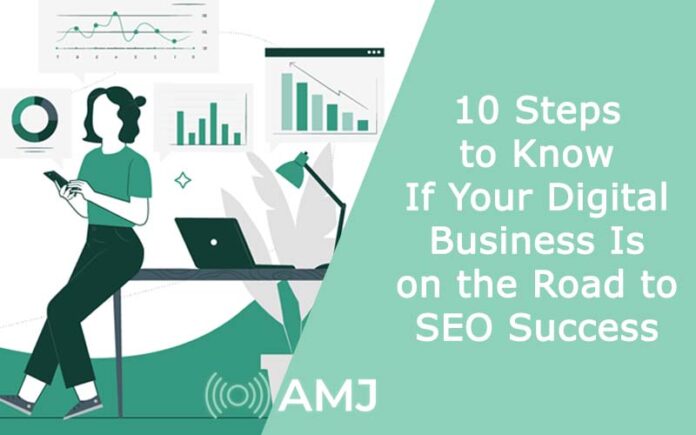
Ever wondered why some online stores just seem to get to the Everest of e-commerce naturally? You wonder why shoppers never miss these stores but somehow can’t seem to find you in the digital maze.
Well, friend, that’s because these online stores are making SEO in its entire package (at least the most) work for them. Fear not, as in this article we are about to break down ten essential steps to establishing SEO dominance as a digital business. Soon enough, you too will be hitting SEO and eCommerce dominance.
Contents
- 1 1. Mastering the Search Lingo, aka Keywords
- 2 2. Become a Content Master
- 3 3. Mastering the Mighty Mini-Screen
- 4 4. Master the Website’s Technicality
- 5 5. Building Your Website’s Popularity With Backlinks
- 6 6. Optimizing Product Photos and Images
- 7 7. Organizing Your Products Into Categories
- 8 8. The Power of Customer Testimonials
- 9 9. Google Business Profile
- 10 10. Be the Social Butterfly
- 11 Final Words
1. Mastering the Search Lingo, aka Keywords
Let’s say you run a website such as https://www.masterpapers.com/. In this case, you are targeting college students who can find services such as essay writing, thesis and dissertation writing, proofreading and editing, and personal tutoring on your website.
That’s where keywords come in. These are the search terms people type into engines like Google. Your website name “masterpapers” will be the primary keyword in this case. The services you offer such as “essay writing” “thesis writing” or “proofreading service” will become the secondary terms.
Therefore, as you transition to an online business, think about the keywords or search terms that customers will use to find you quickly. Sprinkle these keywords throughout your product descriptions, titles, and website content. But remember, quality over quantity! Don’t stuff keywords and thus violate Google’s terms, rather focus on a few relevant ones that truly describe your product.
2. Become a Content Master
The truth is search engines love informative, engaging content. An e-commerce website owner might not see much need for content. However, you are encouraged to ditch the dry product descriptions and transform yourself into a content master!
Craft compelling product write-ups that go beyond just features. Weave these narratives into your descriptions. Make use of customer stories and testimonials, or even your journey as a founder. That’s great especially if you are a product developer or founder yourself and not just a seller.
Consider creating blog posts or buying guides that answer common customer questions related to your products. Remember, informative content keeps visitors engaged, and that’s a big SEO win.
3. Mastering the Mighty Mini-Screen
Let’s face it, most searches these days happen on smartphones. So, if your website isn’t mobile-friendly, that’s just like having a store with a “closed on weekends” sign – bad for business!
Your job is to ensure that your website looks great and functions flawlessly on all devices. Images should load quickly, menus should be easy to navigate, and the checkout process should be a smooth ride, even on a tiny mobile screen. A happy mobile user is a search engine’s best friend (and equals a loyal customer for you!).
4. Master the Website’s Technicality
The first step of SEO from Google’s perspective is to crawl your website and index the web pages. The first of things that these crawlers will notice is your site speed. Use tools like Google PageSpeed Insights to check your website’s speed and optimize it for fast loading.
Next is the sitemap. Think of this as a map for search engines to crawl and index your website. Submitting a sitemap helps them understand your website structure and find all your amazing content.
For an e-commerce website, structured data is of a high importance. Structured data helps search engines understand your products better and can lead to richer search results. These include product types, product color, etc.
5. Building Your Website’s Popularity With Backlinks
Getting backlinks is like getting plenty of recommendations from trusted friends. When other high-quality websites link back to yours, it tells search engines that your content is valuable. So, what strategies can you use to gain backlinks?
- Guest Blogging: Write informative guest posts on relevant websites in your niche and include a link back to your store.
- Social Media: Promote your content on social media platforms and build relationships with influencers. They might be interested in sharing your products or content and will include a backlink to your website.
- Create Awesome Content: The best way to attract backlinks? Create content so good that people can’t help but share it! Google views this as Expertise, Authority, and Trust (EAT).
6. Optimizing Product Photos and Images
Your product images function as the display of your online store. They should be clear, high-quality, and showcase your products in all their glory. But SEO is about more than just pretty pictures. Here’s the secret weapon: alt tags.
Alt tags are short descriptions that appear when an image can’t load. They’re a fantastic way to include relevant keywords for search engines.
7. Organizing Your Products Into Categories
Imagine if you walked into a store where everything was thrown together in a giant pile. Not a pretty sight, plus it would make for a messy shopping experience. The same thing goes for your online store.
Use clear and concise category names that people can easily understand. For larger categories, break them down into subcategories. This makes browsing easier for shoppers and helps search engines understand the specific products you offer.
Also, make sure your categories are easy to find and navigate. A user-friendly menu is like a map in your store, guiding customers to exactly what they’re looking for.
8. The Power of Customer Testimonials
Positive reviews are like gold for your online store. They build trust with potential customers and can even influence search engine rankings. So, encourage customers to leave reviews after they purchase from you.
Always respond to both positive and negative reviews in a professional and helpful manner. Remember, a happy customer with a positive review is an SEO magnet.
9. Google Business Profile
One of the most underused SEO tactics for online businesses, Google Business Profile tells Google you are a real business. Google will thus pool its weight behind you and redirect vital traffic your way. So, if you run a “buy an essay” website such as in our first example, you will want to claim the name of that website and link to it ASAP on Google Business Profile.
10. Be the Social Butterfly
Social media is a fantastic way to connect with potential customers and promote your SEO efforts. Here’s a summary of how to get social:
- Share Your Content: Promote your blog posts, product pages, and other web content on social media platforms.
- Engage with Your Audience: Respond to comments and messages, answer questions, and participate in relevant conversations. This shows that you’re a real business with real people behind it!
- Run Social Media Contests: Who doesn’t love a good giveaway? Running contests and promotions on social media is a great way to generate excitement and get people talking about your brand.
Final Words
Just like mastering any skill, SEO takes time and dedication. Don’t expect results overnight and also don’t get discouraged if you don’t. Keep creating high-quality content, optimizing your website, and building backlinks.
SEO is a long-term game, but the rewards of increased website traffic and sales are definitely worth the climb!












![Index of Money Heist [Season 1, 2, 3 & 4 – All Episodes, Cast and Plot] Index of Money Heist](https://www.asiamediajournal.com/wp-content/uploads/2021/05/Index-of-Money-Heist-3-100x70.jpg)